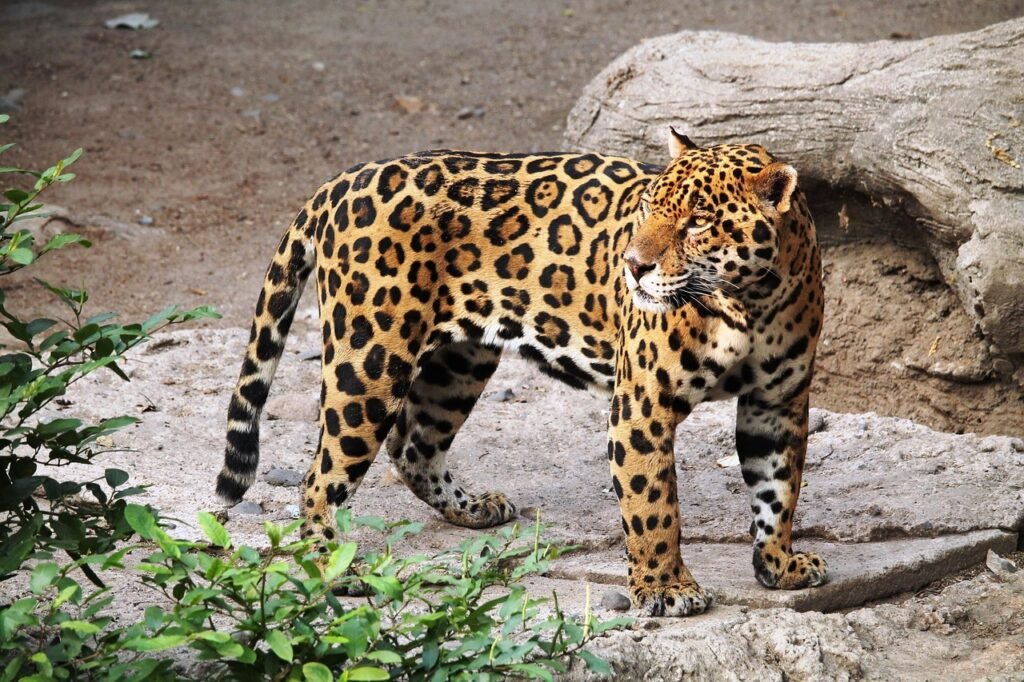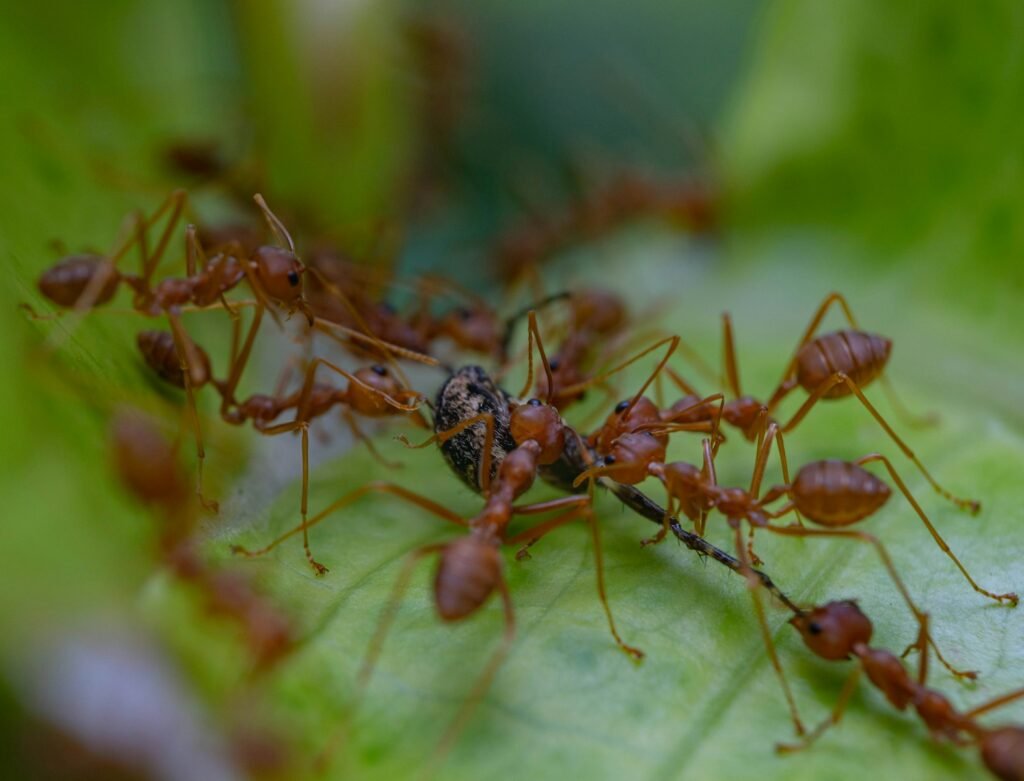Deep in the Amazon rainforest, a shadow moves silently through the undergrowth. This isn’t just any predator stalking its next meal. Meet the jaguar, a magnificent hunter whose crushing jaws can pierce turtle shells and whose swimming skills would make Olympic athletes jealous. While lions might claim the title of “king of the jungle,” jaguars quietly dominate their watery kingdoms with abilities that put their African cousins to shame.
These spotted powerhouses have evolved into nature’s ultimate survivors, mastering skills that other big cats can only dream of. From bone-crushing bites to record-breaking swims, jaguars possess a toolkit of talents that makes them one of the most underestimated apex predators on Earth. Let’s dive into the incredible world of these aquatic acrobats and discover why they deserve far more recognition than they currently receive.
A Bite That Shatters All Records

You might think lions have the most powerful bite in the cat kingdom, but prepare to be amazed. Jaguars possess a bone-crushing bite force of around 1,500 pounds per square inch (PSI), which is nearly three times stronger than a lion’s bite force of 650 PSI. This incredible jaw strength makes them the bite force champions among all big cats.
Their teeth, measuring around two inches in length, allow them to cut through bone with ease and puncture thick skin. What makes this even more impressive is how they use this power. Unlike many other big cats that go for the throat, jaguars are known as occipital crunchers, delivering a lethal bite to the back of the skull and piercing it with their sharp teeth.
Built for Water Like No Other Cat

Unlike many domestic cats, jaguars don’t avoid water and have adapted to living in wet environments, swimming confidently in lakes, rivers and wetlands, and are known to cross large rivers. Their relationship with water sets them completely apart from other big cats who typically avoid getting their paws wet.
Their muscular bodies, strong limbs, and powerful tails help them easily swim, while their rosette-patterned coats blend into the dappled sunlight of the water’s surface, giving them an advantage when stalking prey. The jaguar’s coat is comprised of two main layers: an outer layer that is coarse, serving a waterproof function, and an under-layer that is fine, providing an insulating barrier to maintain body temperature in aquatic environments.
Swimming Champions Breaking Distance Records

Recent research has completely rewritten what we thought we knew about jaguar swimming abilities. A male jaguar in central Brazil was documented swimming 5 kilometers (3.1 miles), breaking the previous record of 1.2 kilometers (0.7 miles) for swimming for this big cat species. This incredible feat occurred when the jaguar crossed an artificial lake to reach a forested island.
Jaguars are known to swim with a roughly estimated speed of about 2 to 5 miles per hour, which compares favorably to peak human athletes who can swim at around 6 miles per hour. Not only are they good swimmers, they are deep divers as well, often diving deep to the bed of water bodies like rivers, streams, and lakes either to hunt or kill prey.
Master Hunters with Superior Intelligence

A key characteristic that sets jaguars apart from other big cats is their intelligence and capability to strategize. They don’t rely on the brute force approach of many predators. Instead, jaguars display remarkable tactical awareness in their hunting approaches.
Jaguars are renowned for their stealth and patience, waiting patiently until prey comes within striking distance, with their coats helping them blend seamlessly in dense vegetation or along riverbanks. They are masters of the stalk and pounce, utilizing their camouflage and patience to get within striking distance of their prey, and this approach, coupled with their incredible jaw strength, makes them formidable predators.
Nighttime Vision Specialists

Like other cats, jaguars have eyes that are adapted for night hunting, with a mirror-like structure called the tapetum lucidum in the back of the eye, which reflects light back into the retina, nearly doubling their ability to see at night. This gives them a significant advantage over their prey during nighttime hunts.
Jaguars see less detail and color in daylight, but have better vision at night, and they stalk and ambush their ground-dwelling prey at night, instead of chasing prey like cheetahs and lions do. This nocturnal specialization makes them incredibly efficient predators in low-light conditions.
Ambush Artists in Multiple Environments

Unlike many domestic species in the cat family, jaguars are skilled swimmers and are known to hunt in water, being adept at ambushing prey along riverbanks and in bodies of water, using their powerful limbs to propel themselves and surprise unsuspecting prey from below. This versatility in hunting environments gives them access to prey that other big cats simply cannot reach.
Jaguars wait near riverbanks, watching for unsuspecting prey species like capybaras, caimans, and even anacondas, striking at the perfect moment and using their immense strength to drag animals into the water. Some jaguars dive below the surface to catch fish or turtles, with their ability to hold their breath while underwater allowing them to hunt in ways that other big cats cannot.
Solitary Strategists with Flexible Schedules

Jaguars exhibit a fascinating behavioral trait: they are both nocturnal and diurnal predators, which means they are active during both day and night, allowing them to capitalize on a wide range of hunting opportunities and maximize their chances of success. This flexibility gives them a huge advantage over predators with more rigid schedules.
Jaguars are solitary animals, preferring to hunt alone rather than in packs, and this solitary hunting style is well-suited to their ambush tactics and the environments they inhabit, with their individual hunting success being a testament to their well-honed skills and adaptations.
Diverse Diet and Adaptable Appetite

Jaguars are opportunistic hunters and can prey upon almost anything they come across, including capybaras, deer, tortoises, iguanas, armadillos, fish, birds and monkeys, and they can even tackle South America’s largest animal, the tapir, and huge predators like caiman. This dietary flexibility shows their remarkable adaptability.
Jaguars are opportunistic hunters, preying on roughly 85 different mammal species, with deer, capybaras, peccaries, and tapirs forming a bulk of their diet, though they are also known to eat monkeys and even a rancher’s livestock in case of scarce prey. This incredible range demonstrates their intelligence in adapting to available food sources.
Tree Climbing Acrobats

Jaguars are powerful climbers, capable of scaling trees to rest or ambush prey from above. This arboreal ability adds another dimension to their hunting repertoire that many people don’t expect from such muscular cats.
When animals like caimans and capybara swim by, jaguars can leap directly from the trees into the water below, using their immense strength to drag their prey underwater. This tree-to-water hunting strategy showcases their incredible athletic versatility and tactical thinking.
Conservation Heroes Facing Modern Challenges

Jaguars have been virtually eliminated from half of their historic range, with around 173,000 jaguars left in the world today, and most of these big cats are found in the Amazon rainforest and the Pantanal. Despite their incredible abilities, these magnificent predators face mounting pressures from human activities.
Hydropower development has become a major threat to jaguars, and overall, jaguars in the Americas have lost 50 percent of their original habitat due to many human-induced changes that have resulted in population decline and even extinction in some areas. However, jaguars are also known to have high levels of ecological plasticity, meaning that they are able to adapt well to changes in their environment.
The jaguar’s remarkable combination of brute strength, aquatic prowess, and tactical intelligence makes them one of nature’s most impressive predators. These water-loving, bone-crushing, strategic hunters have evolved abilities that surpass even the famous African lion in many ways. Their record-breaking swims, devastating bite force, and remarkable adaptability prove that jaguars are far more than just spotted cats in the jungle.
What amazes you more – their ability to crush turtle shells with their jaws or swim over a mile across reservoirs? Share your thoughts about these incredible jungle athletes!

Hi, I’m Andrew, and I come from India. Experienced content specialist with a passion for writing. My forte includes health and wellness, Travel, Animals, and Nature. A nature nomad, I am obsessed with mountains and love high-altitude trekking. I have been on several Himalayan treks in India including the Everest Base Camp in Nepal, a profound experience.




